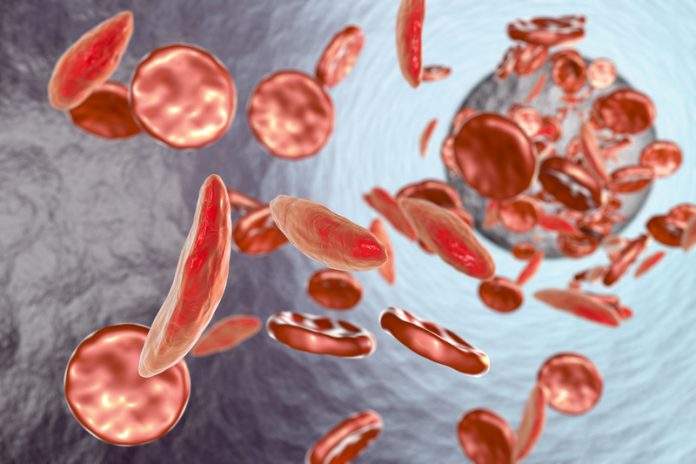Grazina Berry from Aplastic Anaemia Trust argues that young patients diagnosed with aplastic anaemia (AA) and other rare bone marrow failures need more help and support
Life with a rare illness is tough. It is even harder when you’re a child, an adolescent or a young person trying to get to grips with growing up and finding your place in the world. A rare illness like aplastic anaemia (AA) turns people’s lives upside down.
“I felt we were entering unknown territory and all the doctors kept telling me was that it was something they had never seen in their whole career.” (Mum of a 14-year old aplastic anaemia patient).
It is an ultra-rare illness of the immune system, whereby the bone marrow fails, wiping out stem cells, thus halting the production of vital red, white blood cells and platelets. This affects people’s ability to function – they may bleed simultaneously, bruise, attract life-threatening infections and be haunted by extreme fatigue. Treatment will be prolonged, costly and with severe side effects in a lot of patients. The only curative treatment currently is a stem cell transplant; however, this will not be a suitable treatment option for a large proportion of patients.
Aplastic anaemia will affect around 100-150 people annually in England, making it an extremely rare disease. It can affect anyone of any age and gender, but it peaks in the most vulnerable – 0-22-year-olds and the elderly (60+).
It is estimated that inherited and acquired rare bone marrow failures will affect between 30-50 children and young people across England every year. Treatment is closely similar to that of patients suffering from cancer. Once a diagnosis is established (and even this can take a long time) treatment is lengthy, costly, extremely isolating and entails multiple blood transfusions, chemotherapy in preparation for a bone marrow transplant if a direct match bone marrow donor is found. Patients and their families may need to travel frequently and great distances to access specialist treatment that is often not available locally due to the nature of the rare disease. The level, quality and access to co-ordinated support currently available to a young cancer patient is not available to a child suffering from aplastic anaemia. Yet the effects of the disease can be equally devastating.
The impact on young patients’ mental health is also significant. The lack of available support and information can lead to anxiety, in some cases, post-traumatic stress disorder, undue worry and concern, feelings of exclusion and can add to the already significant emotional trauma experienced by everyone affected. Young patients, whilst undergoing intensive treatment, will miss school, sometimes for an entire year. This can have an additional traumatic effect of missing out informing those key relationships and friendships in the formative years.
The Aplastic Anaemia Trust is passionate about addressing this inequality across all local communities, in which the young patients live and is working hard, alongside patients and their families, to secure the necessary funds.
This is an area of support where there’s no government funding available and the not-for-profit sector and charities like ours exist to plug the gap.
Encouragingly, The UK Strategy for Rare Diseases published in 2013 now has an implementation plan for England, published in February 2018. Let’s hope all commitments outlined across five areas of empowering those affected by rare diseases, identifying and preventing rare diseases, diagnosis and early intervention, coordination of care and the role of research are met.
Grazina Berry
CEO
Aplastic Anaemia Trust
Tel: +44 (0)7748 186 858











